In a welcome boost to the US economy, American consumer spending experienced a significant jump in January, largely attributed to the distribution of stimulus checks. In this article, we delve into the details of this spending surge, the impact on personal incomes, and the overall economic outlook.
Stimulus Checks Fuel Consumer Spending
US consumer spending witnessed its most substantial increase since June, driven by the infusion of cash from stimulus checks into the pockets of Americans. The Commerce Department reported that incomes rose by an impressive 10% in January, marking the most substantial increase since April of the previous year. This surge in income can be traced back to the expanded unemployment benefits and stimulus checks distributed through the CARES Act, providing a much-needed financial cushion for many Americans.
As a direct result of this boost in income, consumer spending experienced a 2.4% increase in the past month. This surge is undoubtedly good news for the American economy, which heavily relies on consumer spending to drive its growth. However, it’s worth noting that the spending increase was slightly below economists’ predictions and has not yet reached pre-pandemic levels.
A Closer Look at Consumer Choices
Gregory Daco, the chief US economist at Oxford Economics, noted that the 10% surge in personal income was managed wisely by consumers. Some of the funds found their way into savings, while others were utilized to pay off debts. Additionally, a significant portion was earmarked for restocking, refueling, redesigning, and reviving old spending habits. This diverse allocation of funds highlights the complex financial decisions individuals are making in response to economic uncertainties.
The second stimulus package, signed into law in late December, included one-time payments of up to $600 for eligible individuals and an additional $300 weekly enhancement for the unemployed through March 14. These measures aimed to provide immediate financial relief to those affected by the ongoing pandemic.
Impact on Savings and Future Outlook
The January data suggests that, while many economic activities remain constrained, substantial fiscal support has a more significant impact on savings than consumption. Citi economist Veronica Clark emphasized this in a note to clients. She pointed out that President Joe Biden’s proposed $1.9 trillion spending package, the third stimulus deal since the pandemic’s onset, would likely lead to further increases in incomes and spending. This could be a significant catalyst for economic recovery.
Notably, Americans have been saving more during the pandemic, with the personal savings rate reaching 20.5% in January. As the economy gradually reopens and public life returns to normalcy, these accumulated savings are expected to facilitate even more spending, contributing to the nation’s recovery efforts.
Potential for Inflationary Pressures
Economists also anticipate the possibility of inflationary spikes as consumers resume spending. As demand increases, prices may experience upward pressure. However, the Federal Reserve expects these spikes to be temporary and not have a significant long-term impact on the economy.
The recent surge in American consumer spending driven by stimulus checks has provided a much-needed boost to the economy. While the road to full recovery is still ahead, the prudent allocation of these funds, along with additional fiscal support, holds promise for a brighter economic future.


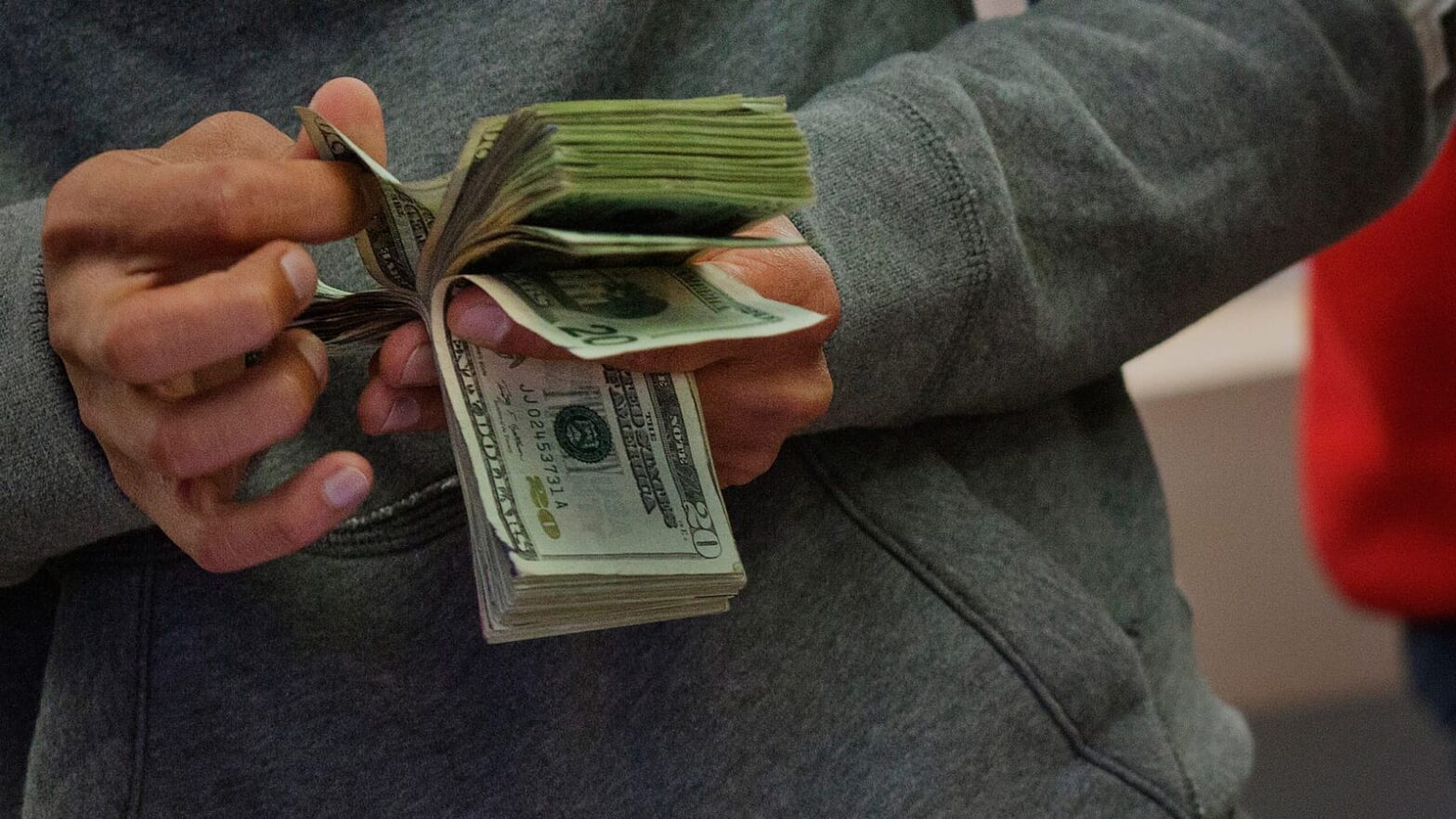

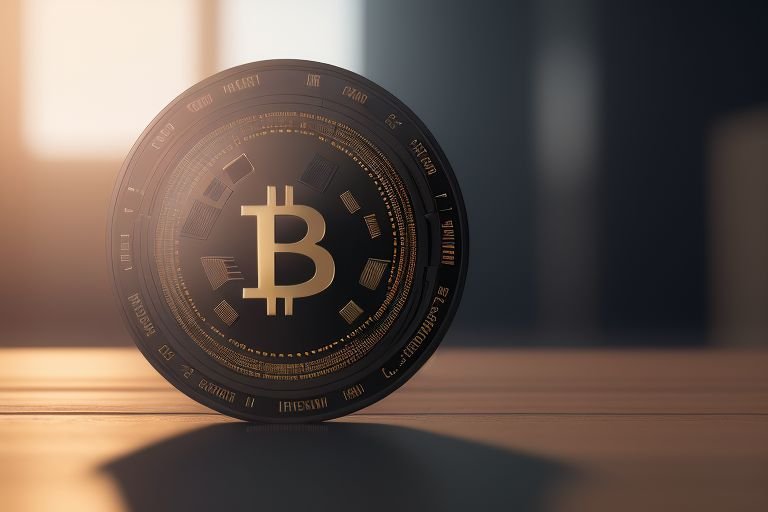
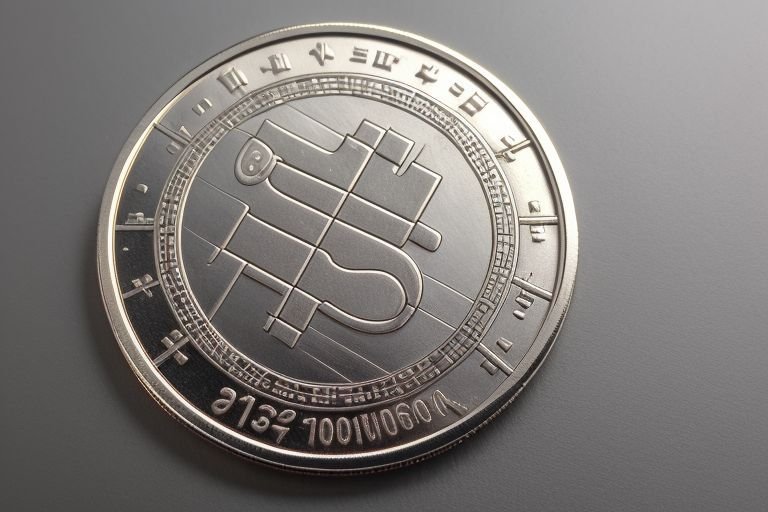
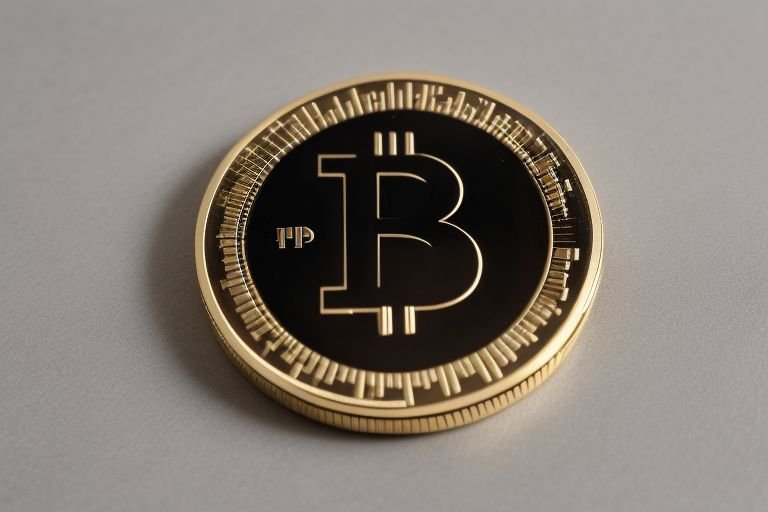

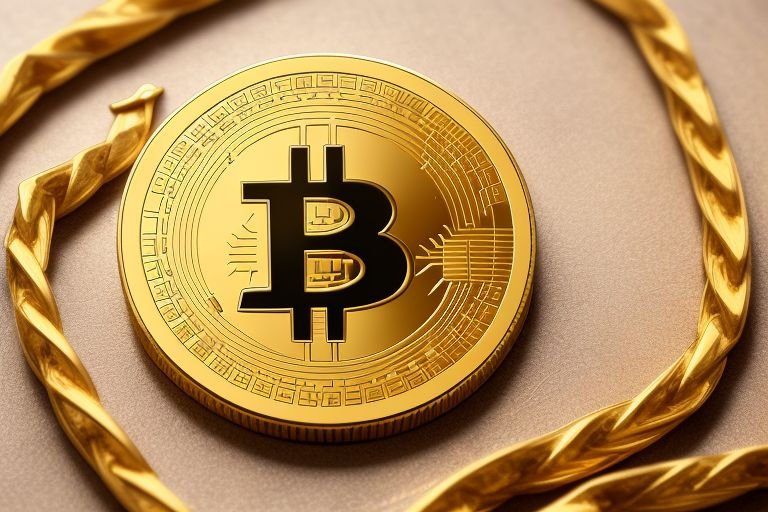
Leave a Reply